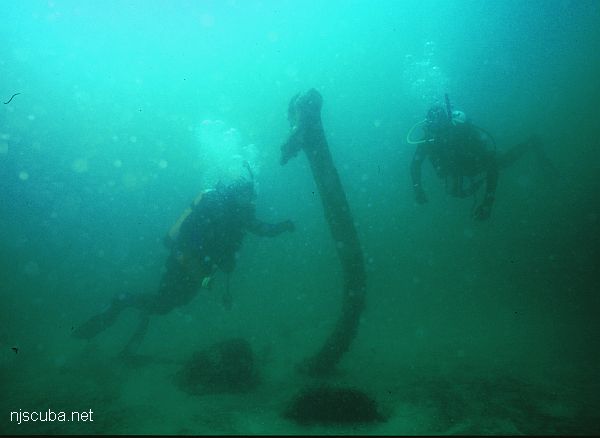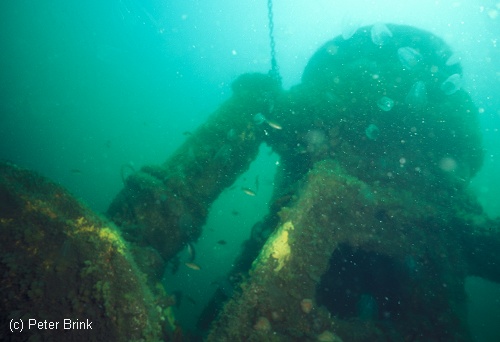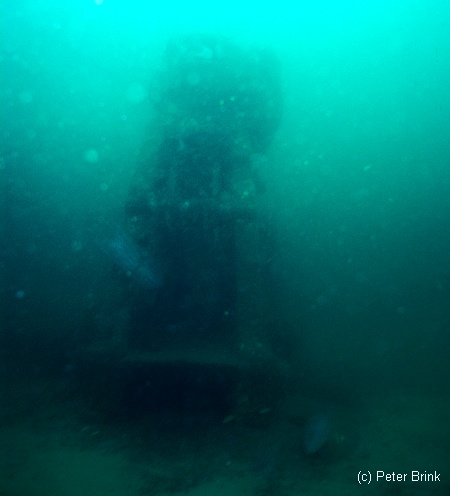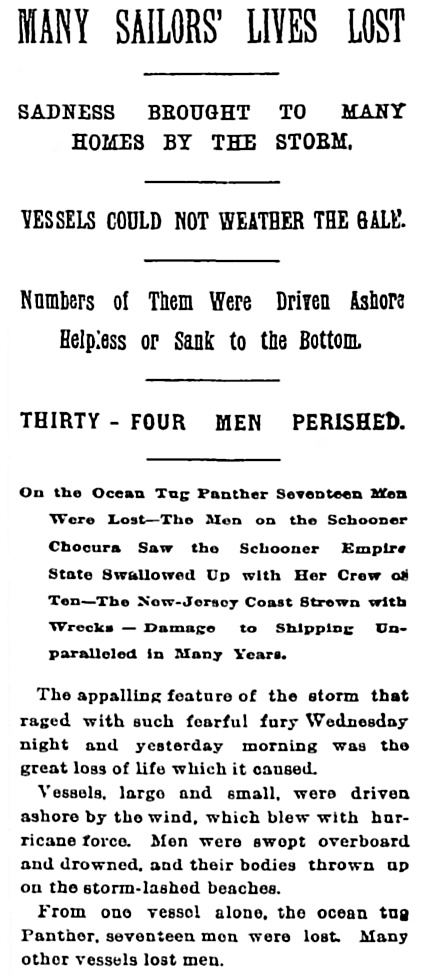Panther

- Type:
- shipwreck, tugboat, USA
- Built:
- 1870, USA
- Specs:
- ( 191 x 36 ft ) 712 tons, 20 crew, including barge crew
- Sunk:
- Wednesday August 24, 1893
foundered in storm - 17 casualties - Depth:
- 55 ft
The Panther was a 110-foot ocean-going tug with barges in tow. She went down in a severe storm. She is loaded with anemone growth and provides a home for myriad forms of marine life. Fluke, tog, pollock, flounder, bergalls, porgy, sea bass, striped bass, and even cod have been seen and taken here in season. Along with these creatures, lobsters and other crustaceans find their homes in and around where the hull meets the sand. All in all, this is an excellent dive.




Questions or Inquiries?
Just want to say Hello? Sign the .